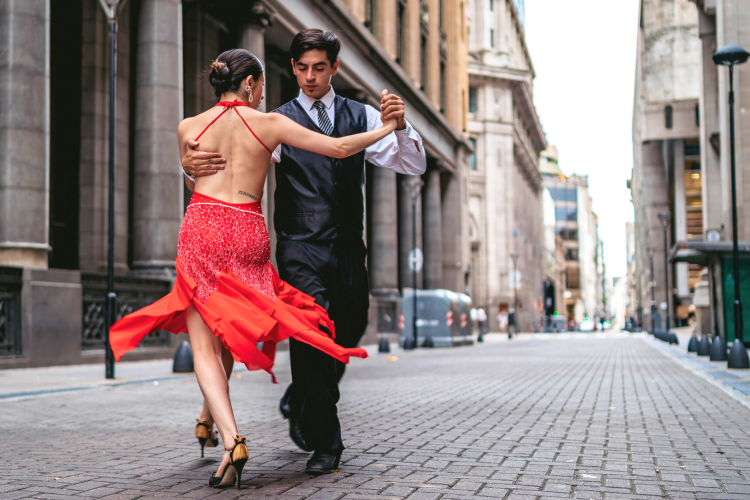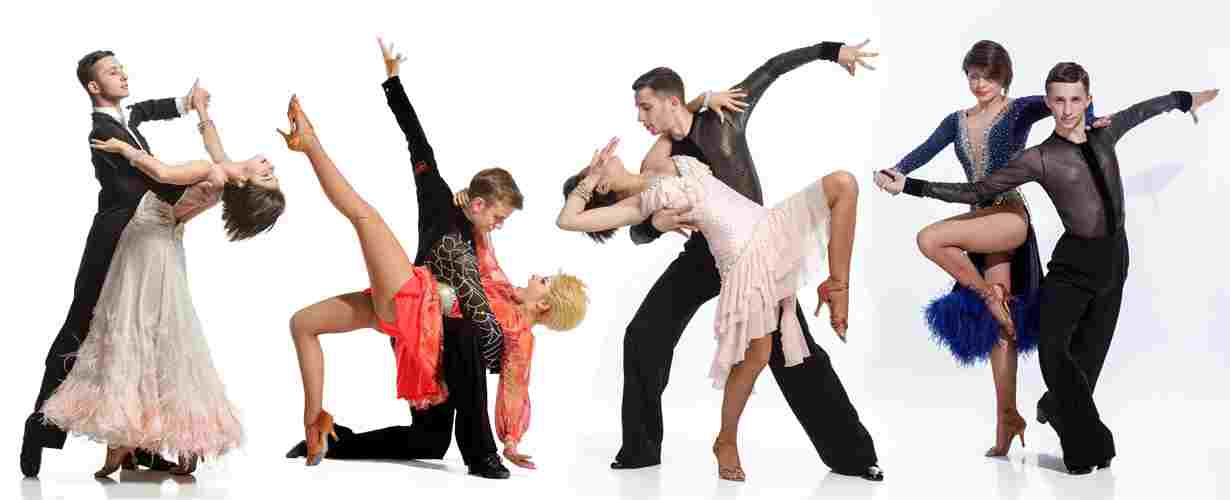Some Ideas on Dance San Francisco You Need To Know
Wiki Article
More About Dance San Francisco
Table of ContentsTop Guidelines Of Dance San FranciscoAll About Dance San FranciscoSome Known Details About Dance San Francisco 3 Easy Facts About Dance San Francisco Shown
Dance type Salsa training in Ecuador Salsa is a Latin dance, connected with the music style of the very same name, which was initial promoted in the United States in the 1960s in New York City City. Salsa is a mixture of Cuban dancings, such as mambo, pachanga, and rumba, in addition to American dances such as swing and tap. The term "salsa" was created by Johnny Pacheco in the 1960s in New york city, as an umbrella term for Cuban dance songs being played in the city at the time. Salsa as a dance arised quickly after, being a combination of mambo (which was prominent in New york city in the 1950s) along with Latin dances such as Son and Rumba in addition to American dances such as swing and faucet - bay area salsa dancing.Salsa stays prominent globally with enthnographic research into salsa having been done as far as Benin, and Ghana. Salsa is a partnered dance where the lead takes the fan with a series of spins and turn patterns to music.
The basic Salsa dance rhythm is composed of taking 3 actions for every four beats of music. Salsa dancers can additionally damage apart to dance solo, known as "lusters". The 2 major designs of salsa are linear and circular.
Below, dancers circle around each various other, reminiscent of East Shore Swing. Integrating various other dancing styling strategies into salsa dance has come to be very typical for both guys and females: foot work, arm job, body movement, spins, body isolations, shoulder shimmies, rolls, also hand designing, balancings, and lifts.
Dance San Francisco for Dummies
Salsa dance is an international dancing that can be located in most cosmopolitan cities in the world. Celebrations are held every year, usually called a Salsa Congress, in numerous host cities intended to draw in a range of salsa dancers from other cities and nations. The occasions bring professional dancers together to share their enthusiasm for the dance, build community, and share relocations and suggestions.Video clip demonstrating salsa dance principles Over the years, numerous different styles of salsa dance have evolved around the globe. Incorporating other dancing designing strategies right into salsa dance has additionally become common, with dancers of one style including designs and activities of others to produce new combinations of dance styles.
It is a linear form of salsa, where dancers dance in a slot, similar to LA style salsa - bay area salsa dancing. Unlike other styles of salsa, nonetheless, New York style is danced on the second beat of the music (" on 2"), and the follower, not the leader, steps forward on the first measure of the music
One of the most prominent figures in New york city design salsa is Eddie Torres. https://www.flickr.com/people/199658312@N04/ (referred to as "the Mambo King"), original site that is attributed with helping to formalize the on 2 salsa timing (based on mambo) and assisting to popularize it by showing it in dance studios in New york city and via early instructional tapes
All about Dance San Francisco
LA design salsa is danced in a line or "port" with dancers exchanging positions throughout the dancing, unlike Cuban salsa which is danced in an extra round style.In this pattern, the leader steps forward on 1, tips to the precisely 2-3 while turning 90 levels counter-clockwise (encountering to the left), leaving the slot open. The follower after that tips straight forward on 5-6 and activates 78, while the leader makes an additional 90 degrees counter-clockwise and somewhat onward, coming back right into the slot.
The "Vazquez Brothers" (Luis Vazquez, Francisco Vazquez, and Johnny Vazquez) are attributed for the very early development and growth of LA Design. Luiz Vazquez was the co-founder of Los Angeles's very first salsa dance group, Salsa Brava. The Vazquez Brothers attracted influence from stage dancings such as tap dance and helped establish LA style's credibility for flashy actions and balancings.

Some Of Dance San Francisco
The name Gambling establishment is originated from the Spanish term for the casino, "Gambling enterprises Deportivos" where much social dancing was done amongst the better-off, white Cubans throughout the mid-20th century and onward (bay area salsa dancing). Historically, Gambling establishment traces its beginning as a partner dance from Cuban Kid, Cha Cha Cha, Danzn and Guaracha
Report this wiki page